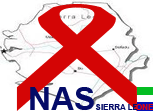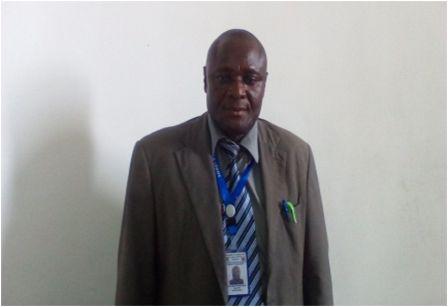Idasa warns of new needs of HIV-affected children
Where do AIDS orphans who have grown up living with HIV and AIDS go for help after they turn 18? Who is responsible for these young adults who have been cared for in institutions all their lives? Ironically, this is the latest challenge that improved access to antiretroviral therapy has created. As the life expectancy of children living with HIV increases, this is the dilemma that South Africa and other African countries now face.
This is one of the concerns raised in a new study by Idasa’s Governance and AIDS Programme (GAP) on the legal framework of children living with and affected by HIV and AIDS.
Idasa’s research, based on a case study of the Mohau children’s home in Pretoria, found that children infected and affected by HIV and AIDS have not stopped flourishing and embracing life. But new challenges are emerging as most of the children reach their pre-teen and teenage years. Caregivers and counsellors now have to deal with issues of dating, sex and health education at a different level. Funds also need to be secured for the children’s post-matric education, as well as life-skills training especially for those with special needs.
Researchers Mwanja Ng’anjo and Christèle Diwouta of Idasa’s GAP said: “This bears testimony to how far proper care and treatment can go in turning lives around. Each child is an inspiration in the journey of life, where challenges such as AIDS, handicaps and abuse have not stopped them from flourishing and embracing life.”
The South African Constitution protects children’s rights and aims to achieve the best attainable interest of every child in the country. In addition, international, regional and sub-regional legal instruments reinforce the state’s obligations towards all children, including those affected and infected by HIV and AIDS. Several laws and initiatives have been developed by the South African government to address the rights of children.
However the authors of this report warn that mere ratification and tabling of legislation will not be sufficient if concrete actions by state, non-state actors as well as ordinary citizens are not taken to enhance the lives of children infected and affected by HIV and AIDS in South Africa as their life expectancy increases.
When Mohau opened it was not uncommon for their HIV-infected children to die every other day. Now they report that due to increased access to ARVs and general improvements in the care they can provide, they have had no deaths in seven years. This means that more and more HIV-infected children are reaching adulthood.
The home is now investigating a business plan to provide these young adults with accommodation within the community, given their recognition of the need for further services for the youngsters who leave Mohau.
Like most other children’s homes, the Mohau Centre faces several challenges. Funding from the government makes up about 60-70% of the centre’s budget. This subsidises social workers’ salaries and also caters for some of the children’s needs. Funding from corporations, community-based organisations and individual donations also goes a long way in covering the day-to-day operations of the centre.
Read the full article at http://www.idasa.org/gbOutputFiles.asp?WriteContent=Y&RID=3010
For more information on this research and Idasa’s Governance and AIDS Programme, contact Marietjie Oelofsen, GAP Programme Manager, on 082 7730879 or 012 392 0575 or moelofsen@idasa.org.za
Stay with Sierra Express Media, for your trusted place in news!
© 2010, https:. All rights reserved.






